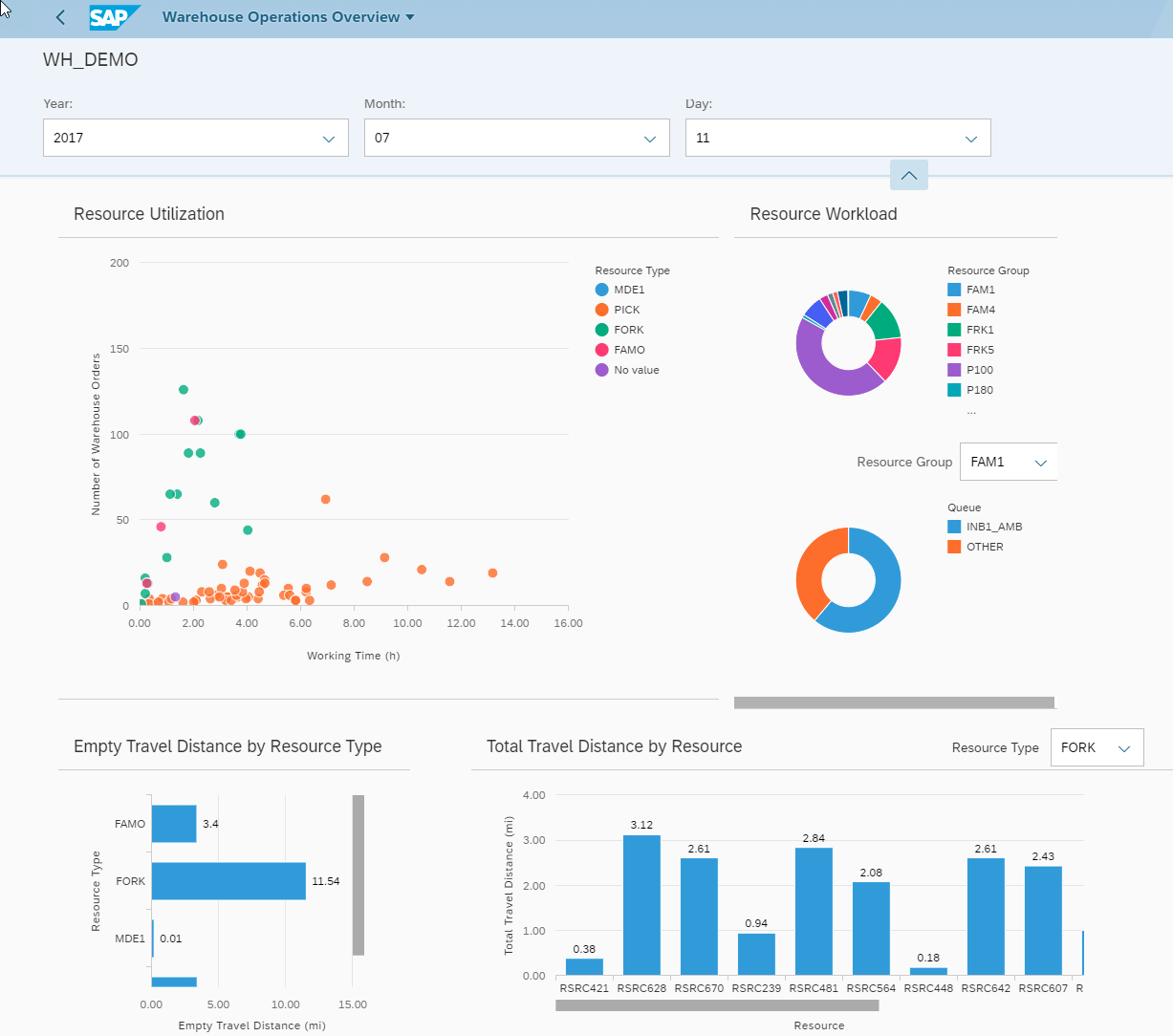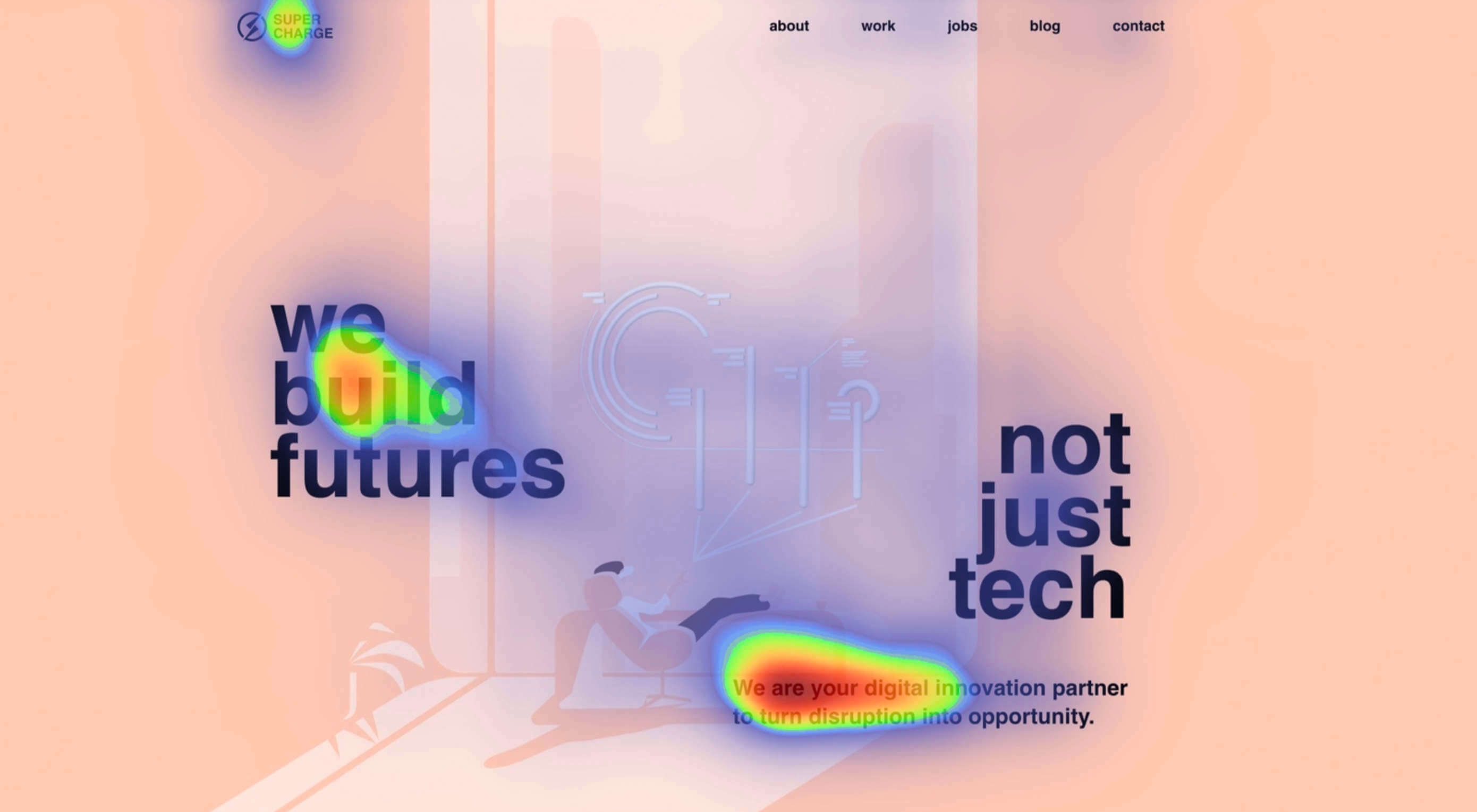 Attention is the new gold; brands are in a constant competition for our attention.
Attention is the new gold; brands are in a constant competition for our attention.
A big portion of our time we spend online, where we are bombarded with insane amounts of information and advertisements. It’s hard not to become overwhelmed in this world of consumerism. We have had to become good at quickly evaluating which information is important, especially on the internet.
Good marketing specialists know that they have mere seconds to turn a potential customer into a lead. People are not going to spend a lot of time examining your advertisement or landing page, either it clicks or not. Moreover, most users do not read the articles, they scan them. First impression plays a huge role in the success of your business, so do not leave that to a chance.
You really don’t want your customer to ignore that special sale, subscription option, or another call to action on your webpage. That is why you need to know where that gold-worthy attention goes when a user opens your landing page. Here’s where technology can come in handy.
Eye-Tracking in Web Design
It is very important to know where your website visitor’s attention goes first. How to get that info? Eye-tracking is the answer.
Eye-tracking technology can be used to optimize your website conversions. By tracking eye movements, technology will recognize which content is most intriguing for the users. It will reveal whether people pay most attention where you want them to, which elements are distracting or not visible enough, and where sales are lost. This information is invaluable if you want to succeed in the current market.
This information is invaluable if you want to succeed in the current market
How does it work? An eye tracker, such as webcam or goggles, measures movement of an eye. Collected data is analyzed and presented as a heatmap, highlighting which elements of your design attract most attention. Having in mind that browsing time rarely exceeds a few seconds, this information is very valuable when you try to understand your audience.
You wouldn’t want to spend much time on your website design just to discover it does not generate desired conversion rate. By employing this technology you can make changes based on reliable data rather than intuition and guarantee your business future success.
By now you may think that you definitely need to carry out this eye-tracking study, but there is a catch. A high-quality behavioral observation or eye-tracking is a time-consuming, budget eating complicated process.
If you want to draw conclusions from heatmaps, you would need to include at least 39 participants in a study. One individual test may last from 20 minutes to an hour. Time quickly adds up when you include preparation and analysis of the results. The average eye tracker price is around $17,500 and it may vary between several thousand dollars and $50 000. Of course you can hire a company to carry out this research for you but it may cost you several hundred dollars a month. Luckily, technological innovations allow us to acquire the same insights about users’ attention flow much cheaper and faster than conducting or buying an actual eye-tracking study.
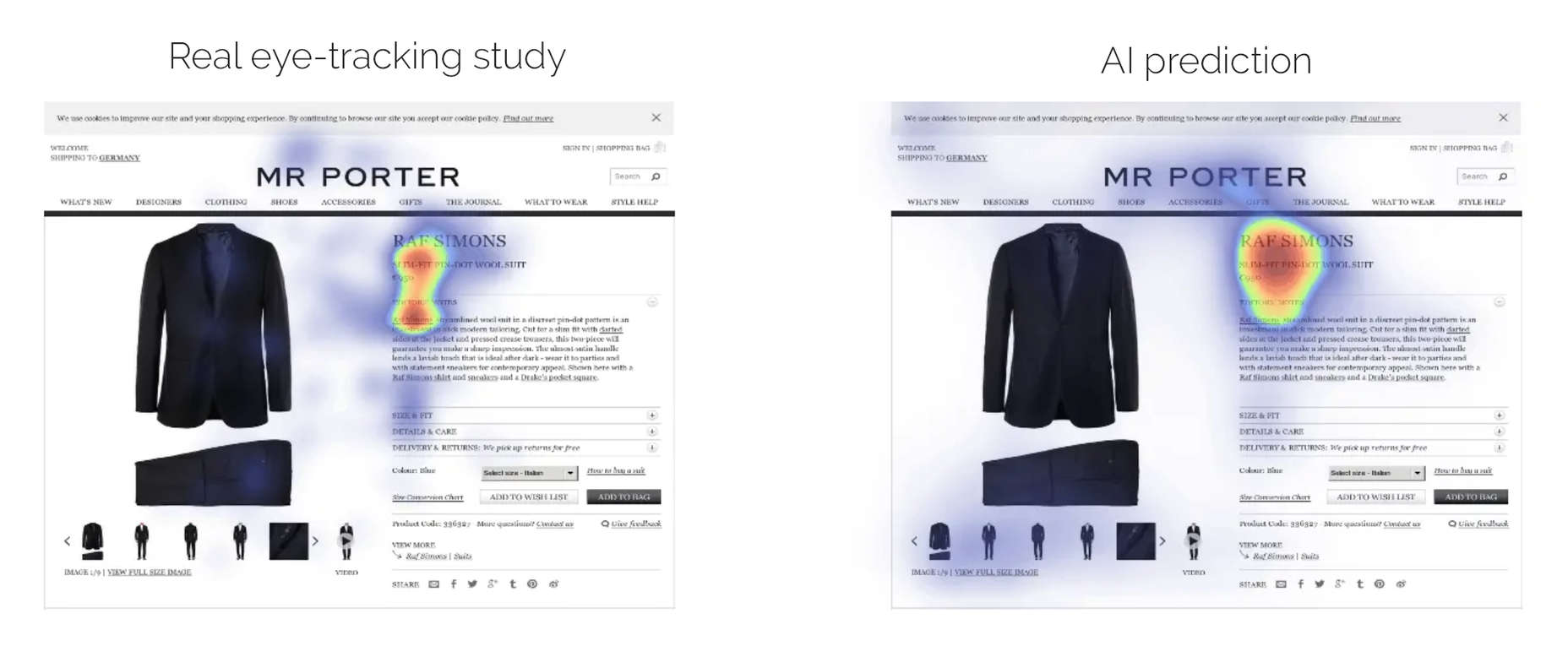
Technological innovations replace real eye-tracking study
AI-Powered Automatization of Eye-Tracking
In this task of understanding how internet users are interacting with your website, Artificial Intelligence (AI) seems to be an answer. AI-based technologies already have become prevalent in various services we use on a daily basis. For example, Netflix’s highly predictive algorithm offers viewers personalized movie recommendations. Medical researchers utilize eye tracking to diagnose conditions like Alzheimer’s disease or Autism. As these algorithms become better every year, AI also becomes an irreplaceable tool in business.
Over the years researchers have collected so much data that human behavior becomes really predictable
How can AI help you to understand your customer’s attention? The main feature of AI is that it can mimic human intelligence and constantly improve itself by learning from data. Predictive eye-tracking is based on deep learning and trained with previous eye tracking study data. Over the years researchers have collected so much data that human behavior becomes really predictable. Technology predicts which specific areas of your website attract most interest. In this way, AI enables you to speed up the UX research process and get insights about your design in a matter of seconds.
Too good to be true? There are already several available tools on the market, such as Attention Insight or EyeQuant. These predictive design tools are based on deep learning and trained with previous eye-tracking studies data. Up to date, they have achieved an 84-90% accuracy.
AI-powered attention heatmap
AI solutions for designers and marketers have already become major competitors to traditional eye-tracking studies. Due to active competition, predictive eye-tracking tools are constantly innovating and recently started generating heatmaps for videos. Another useful feature that provides decision-makers with quantitative data is a percentage of attention. Users can define an object that they want to test and get an exact percentage of attention that the object receives.
Conclusion
Since all digital products are competing for user’s limited attention, it has become one of the most valuable resources. Due to fierce competition, it is not enough to rely on your intuition and gut instinct while making important decisions anymore. Designers have a choice in this economy of attention, though.
Yes, there are eye-tracking studies that require a significant amount of time and financial resources.
However, you can make user-centric, data-driven decisions in a quick, scalable, and private way while your product is still under development. AI-powered predictive eye-tracking tools might be an answer. Attention is a new currency, and you must measure it.
p img {display:inline-block; margin-right:10px;}
.alignleft {float:left;}
p.showcase {clear:both;}
body#browserfriendly p, body#podcast p, div#emailbody p{margin:0;}
Source de l’article sur
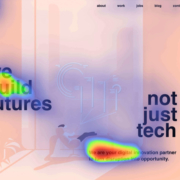
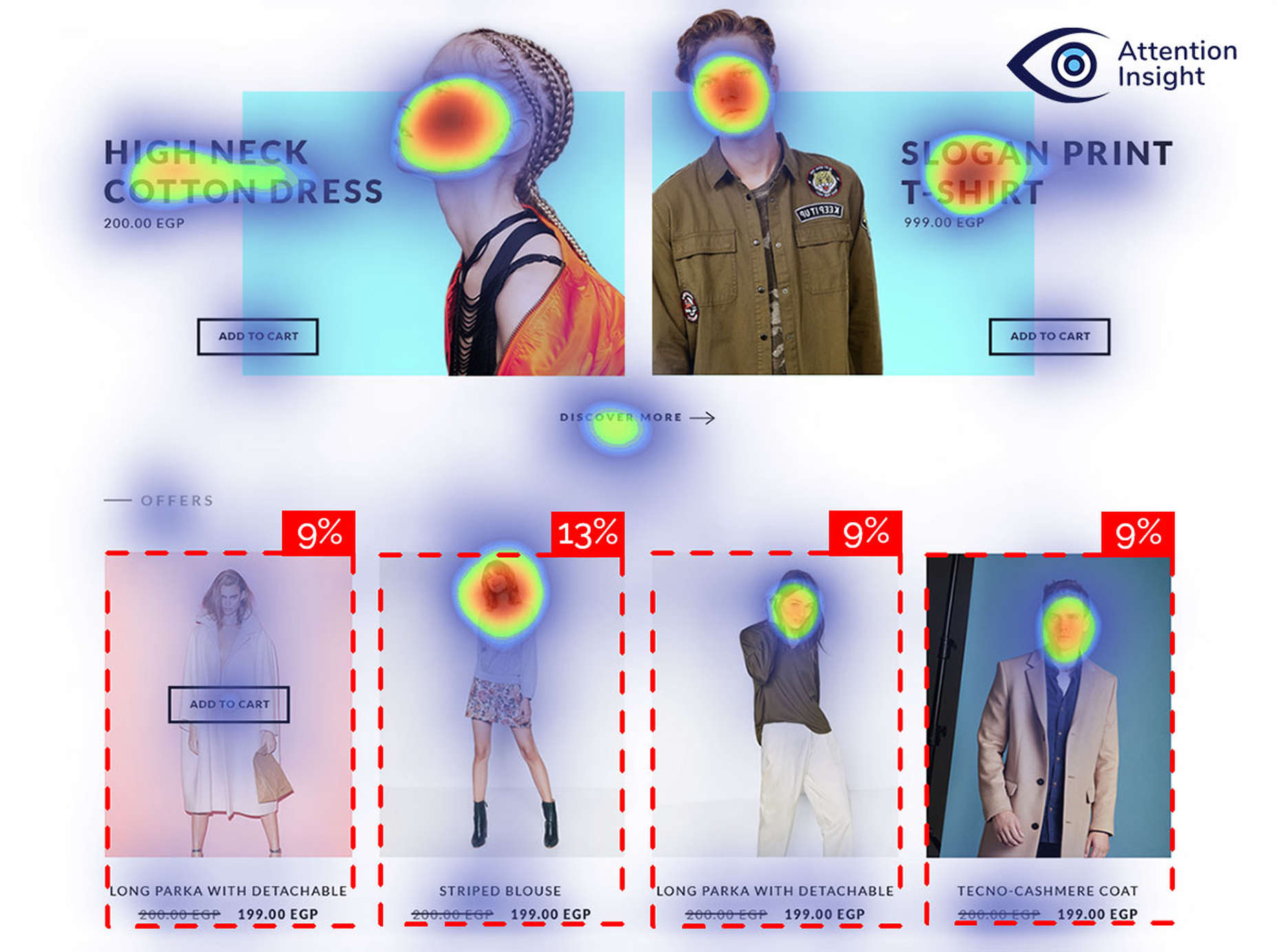

 If we don’t question this kind of design homogenization, do we put ourselves at risk of perpetuating the same mistakes in the years to come? Or is it even a mistake to begin with?
If we don’t question this kind of design homogenization, do we put ourselves at risk of perpetuating the same mistakes in the years to come? Or is it even a mistake to begin with?


 Web developers have been the bedrock of any company’s business strategy for some time, and the industry is continuing to thrive and grow at a rapid pace. This is why it’s surprising that it is so lacklustre when it comes to diversity.
Web developers have been the bedrock of any company’s business strategy for some time, and the industry is continuing to thrive and grow at a rapid pace. This is why it’s surprising that it is so lacklustre when it comes to diversity.














